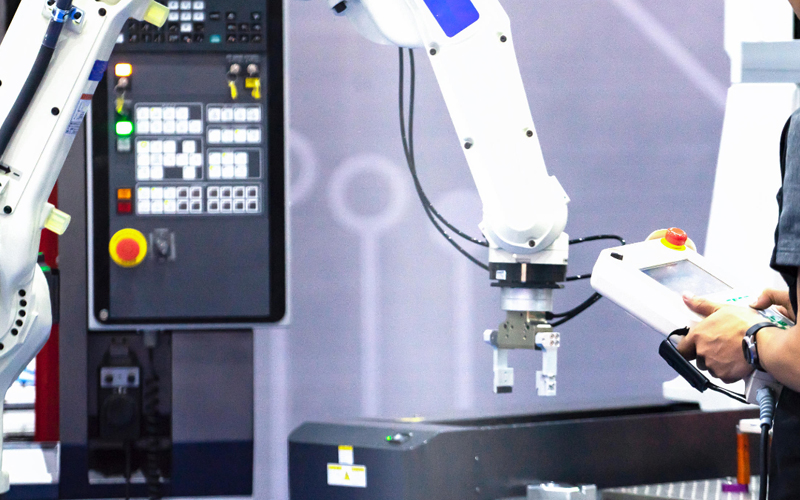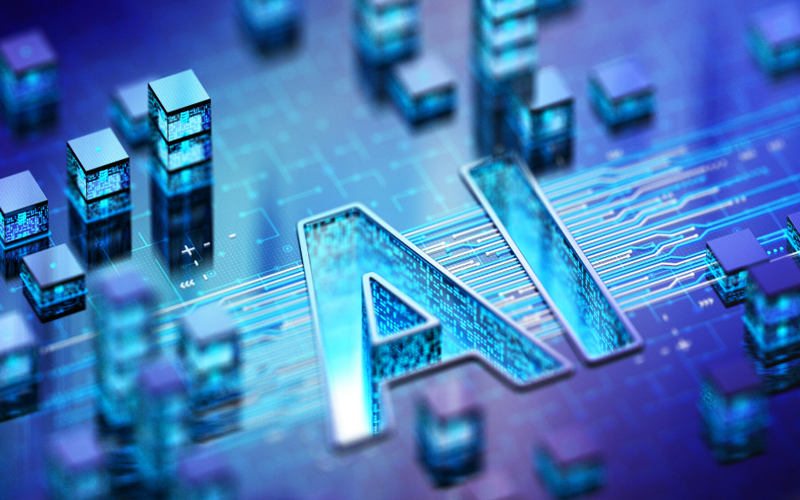Surveying the RPA security terrain
Once a specialised technology, Robotic Process Automation (RPA) has become an integral part of everyday business functionality. It promises unprecedented efficiency, slashing operational costs and accelerating workflows. But with this transformation comes a critical security imperative: how do we secure our digital workforce? RPA, after all, operates within the very heart of our data ecosystems, handling sensitive information.
And, as Kahlil Gibran wisely cautioned, "If you reveal your secrets to the wind, you should not blame the wind for revealing them to the trees."
Similarly, organisations that deploy RPA without robust security measures risk becoming Trojan horses, inviting adversaries into our most valuable digital assets.
Mapping the threat surface
RPA bots navigate a complex labyrinth of applications and systems, creating an intricate web of data flow. This interconnectedness, while enabling seamless automation, also unfurls a vast tapestry of potential attack surfaces.
Unauthorised access, data leakage, malicious script injections, and vulnerabilities from insecure coding are not theoretical. A study by Open Worldwide Application Security Project (OWASP) indicates that injection flaws are top web application vulnerabilities. Synopsys found that 74% of codebases contain open-source vulnerabilities.
The financial impact of compromised RPA systems is high, as highlighted by IBM's 2023 report which puts the average data breach cost at $4.45 million. This statistic emphasises the need for secure RPA development.
Building a robust defense: Best practices in action
To truly harness RPA’s potential, a robust, layered defense – combining best practices with cutting-edge tech – is crucial. Here is an outline of how RPA deployment can be secured:
- Role-Based Access Control (RBAC):
- Data encryption and protection:
- Proactive monitoring:
- Regular security audits and penetration testing:
- Secure Development Lifecycle (SDLC):
- Incident response and recovery plans:
- Training and awareness:
Effective access control forms the primary defense mechanism. Implement RBAC, defining clear roles and permissions to ensure only necessary access following least privilege principles. Assign unique identifiers for each bot and enforce multi-factor authentication (MFA), leverage Identity and Access Management (IAM) and Privileged Access Management (PAM) tools for granular control over access. Conduct regular privilege reviews to prevent unauthorised system entry.
Data is the most valuable asset, demanding more than mere locks for protection. It requires sophisticated vaults and comprehensive security systems. To this end, implement robust encryption for data both at rest and in transit, and leverage tokenisation platforms. These measures mask sensitive data, adding another layer of protection.
Early threat detection is crucial for preventing catastrophic data loss and system compromise. Vigilant surveillance through Security Information and Event Management (SIEM) systems and behavioral analytics enable real-time threat identification by continuously monitoring bot operations and recognising unusual patterns that may indicate security breaches.
Regular security evaluations serve as early warning systems. Implement a systematic schedule of comprehensive security audits and penetration testing to proactively discover and remediate vulnerabilities before malicious actors can exploit them. Leverage specialised automated scanning tools that can efficiently detect weaknesses across your RPA infrastructure, including configuration errors, outdated components, and insecure code.
For resilient RPA, integrate security into development from the start, not as an afterthought. Use code analysis tools and security plugins in Integrated Development Environments (IDEs), and enforce script reviews and automated scans before deployment. This proactive approach is financially prudent, as highlighted by a CISQ study, that reveals that correcting vulnerabilities in production is a hundred times more expensive than doing so during design.
A well-structured incident response and data recovery plan is essential for maintaining business continuity. Create comprehensive incident response strategies to quickly contain breaches and implement data recovery protocols to sustain operations. An effective plan to address security breaches is vital for minimising damage and swiftly restoring business functions.
Human factors remain the most vulnerable link in security chains, requiring both education and cultural reinforcement. Establish continuous learning programs covering security protocols, threat recognition, and phishing defense techniques for all RPA developers and administrators. Cultivate an organisational mindset where security consciousness becomes second nature, encouraging team members to question unusual requests, report potential incidents promptly, and understand how their actions directly impact the organisation's security posture.
However, technical safeguards alone cannot sustain RPA security—regulatory compliance forms an essential counterpart to this defensive framework.
Navigating the regulatory landscape
Modern RPA implementations must navigate an increasingly complex maze of regulatory requirements governing automated data processing. Adherence to frameworks such as General Data Protection Regulation (GDPR), Health Insurance Portability and Accountability Act (HIPAA), and Sarbanes-Oxley Act (SOX) transcends mere legal obligation; it establishes the foundation of stakeholder trust in your digital workforce.
This regulatory compliance, when strategically approached, becomes a business enabler rather than a constraint. Forward-thinking organisations not only ensure current compliance but position themselves advantageously for emerging AI governance and automation oversight—transforming potential regulatory hurdles into competitive differentiation.
Forging tomorrow's digital shield
As automation advances, RPA security must shift from reactive measures to proactive protection using intelligent systems like machine learning for anomaly detection and Zero Trust Architecture for continuous verification. Emerging technologies such as homomorphic encryption and quantum-safe cryptography can further strengthen defenses against emerging threats.
Achieving this transformation requires collaboration among developers, cybersecurity experts, and regulators to create an organisational culture where security guides every decision and action.
RPA represents one of the most transformative tools in our technological arsenal, but its power demands proportional responsibility. Organisations that master this security landscape will achieve operational excellence while maintaining stakeholder trust in our increasingly automated world.
How can Infosys BPM help?
Infosys BPM’s RPA services empower enterprises to excel in today's dynamic digital environment. Our technical and domain expertise facilitates the automation of repetitive tasks and the development of intelligent workflows, leading to streamlined operations, optimised ROI, and secure, efficient automation for long-term business growth.







